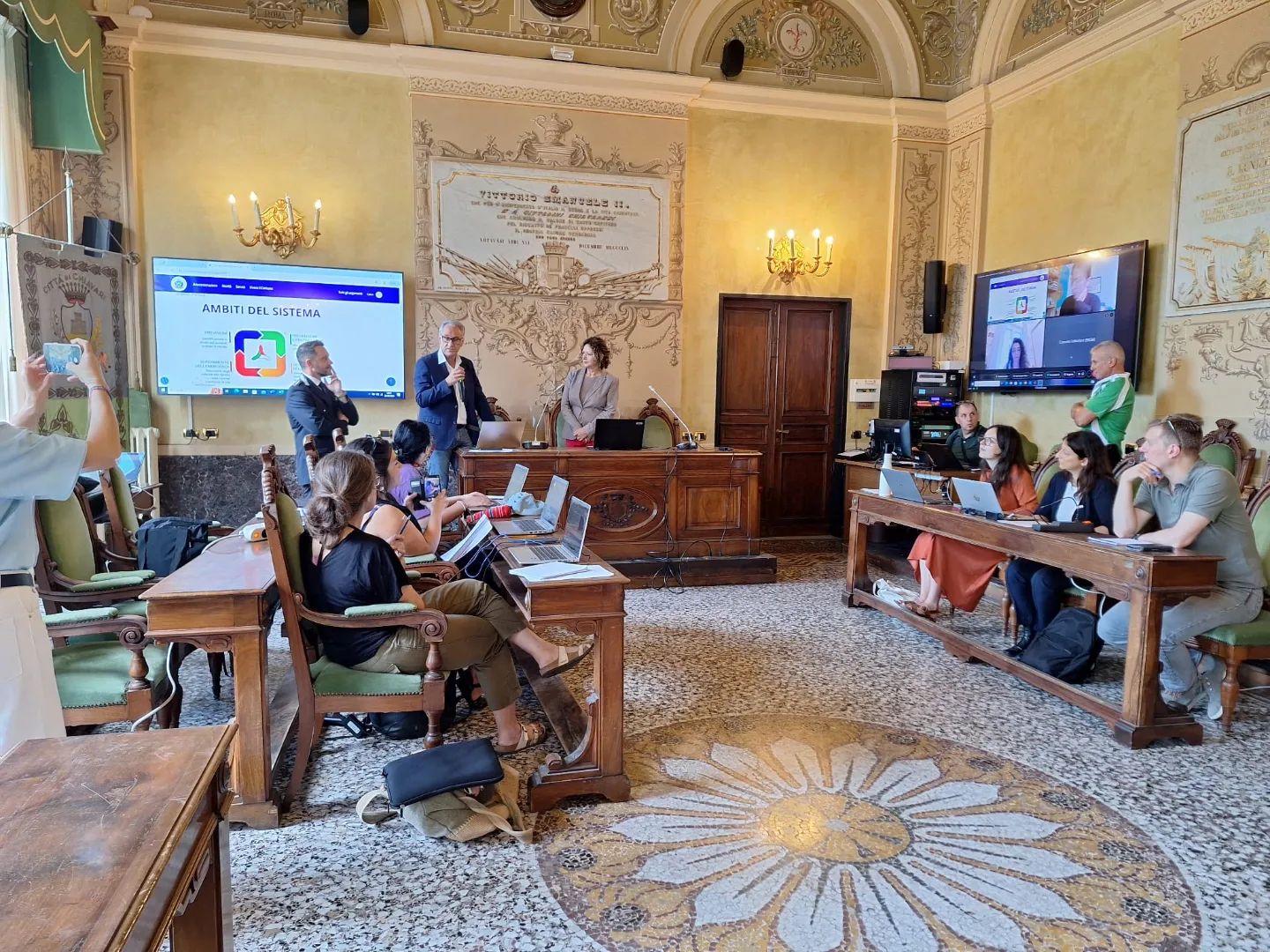RED ROSES: A Comprehensive Approach to Cross-Border Natural Disaster Resilience
Natural phenomena are an efficient reminder that borders only exist on maps. Rainfall does not stop at customs. Natural disasters such as wildfires, floods and landslides have little care for our invisible and intangible national lines.
With natural disasters of escalating intensity and frequency due to climate change, the need for a coordinated, cross-border response has become imperative.
RED ROSES stands for REsponsive Data ecosystem for Resilient and Operational SEcurity Strategies. It is the name of a project that focuses on natural risk prevention and preparedness at the French-Italian border region.
Catastrophes like storm Alex in October 2020 and the floods and landslides in Bardonecchia and the Fréjus tunnel in August 2023 sent a strong signal to the French Red Cross and the Italian Red Cross about the urgency to address key challenges to timely and adequate transnational disaster relief together.
“We know that disasters are happening more and more frequently. They are also escalating in intensity and scale. We also know that these numerous disasters do not stop at borders” says Berengere Rondeau, RED ROSES project manager at the French Red Cross.

RED ROSES, co-funded by the European Commission’s EU Civil Protection Mechanism (UCPM), tackles issues in information-sharing and decision-making across national lines. The project’s approach focuses on creating an innovative cross-border data-sharing platform for civil protection authorities. This groundbreaking platform features tools and services to support faster and more accurate decision-making such as workflows of action for stakeholders and an online portal to visualise risks through interactive maps and satellite imagery (geoportal).
Beginning in March 2023 and scheduled to conclude in February 2025, the project is coordinated by the French Red Cross in collaboration with key partners: the Italian Red Cross, the Italian National Research Council (CNR), the French Geological Survey (BRGM), and the University of Paris Dauphine.
Volunteers also play a pivotal role throughout the project in advisory committees, workshops, and training activities focused on multi-site and multi-risk disaster management. Their participation ensures that the project benefits from a cooperative approach among all stakeholders.
Indeed, RED ROSES efforts do not stop at the platform as the project team also provides training sessions and workshops on cross-border disaster response. The workshops improve risk awareness among local communities. They also promote cross-border practice compatibility as they train stakeholders to harmonise data-sharing approaches and decision-making processes.
“Planning and understanding risks are essential for effective civil protection today. Ensuing local communities and civil protection authorities have better access to planning and risk information is crucial, considering that members of the general public are often the first civil protection actors everywhere in the world,” says Lorenzo Stefano Massucchielli, head of International Emergencies at the Italian Red Cross, “This approach strengthens their ability to prevent and prepare for disasters.”

Capping the capacity-building efforts, RED ROSES will also conduct a cross-border simulation exercise in October 2024. This exercise is designed to test the operational effectiveness and user-friendliness of the RED ROSES platform. It will be an opportunity to demonstrate its potential to be replicated in other cross-border regions.
Indeed, beyond the project’s end-date there are plans to explore possibilities to replicate the platform in other European and global cross-border regions. The scope of the platform may also be expanded to cover more types of natural disasters, integrating more advanced predictive analytics features.
RED ROSES is a pioneer project in cross-border resilience against natural disasters. It sets a new path in disaster preparedness and response to address the challenges of today and tomorrow.



Basic information
Activity name
Country
France and Italy (border)
Duration
March 2023 - February 2025
Partners
French Red Cross, Italian Red Cross

